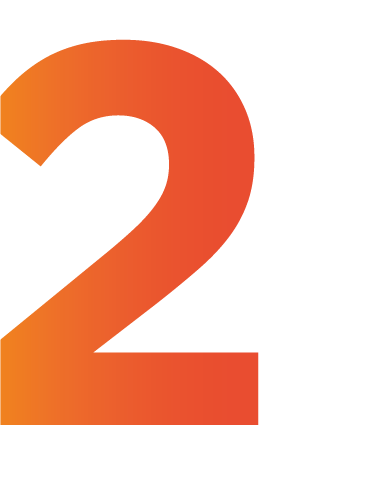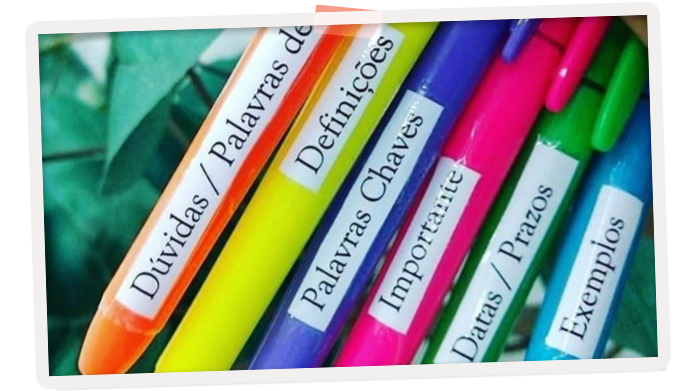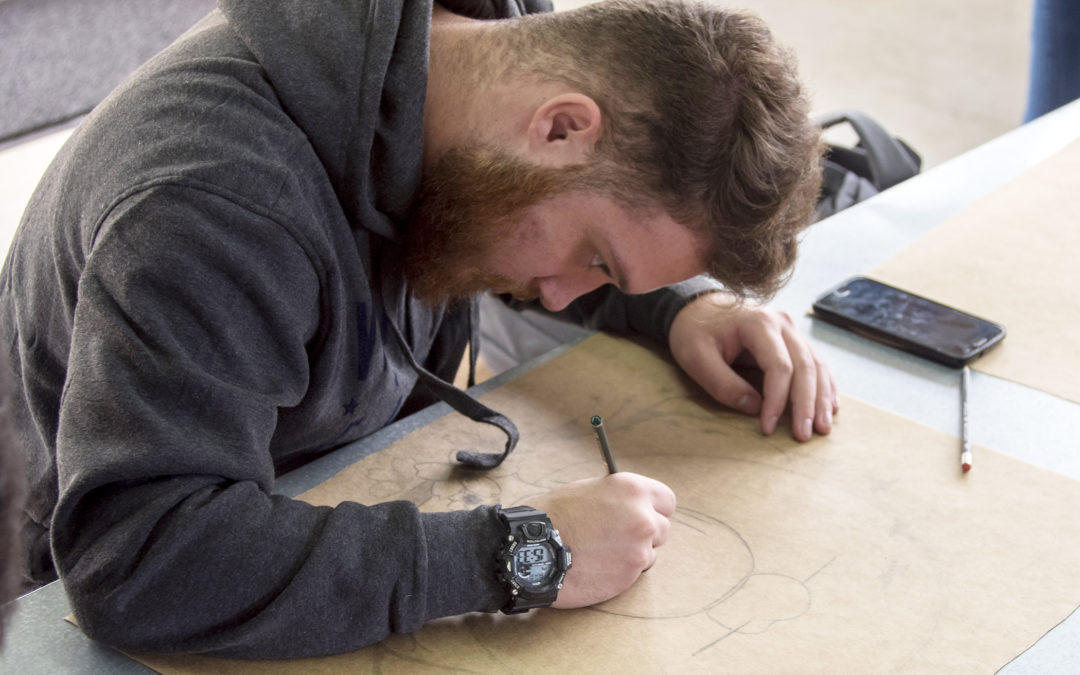The moment we are living requires innovation in all segments, especially in education. Learning has become synonymous with transformation; transformation that we are all facing, whether as student-teachers or in other roles that are imposed on us, the rule now is to RE-MEANING TEACHING AND TRANSFORM THE WAYS OF LEARNING.
The main objective is to help students improve and perfect their study strategies and techniques in order to acquire greater autonomy and assimilate more effectively everything that needs to be learned for their personal, academic and professional success.
Before properly dealing with study techniques, we need to return to some fundamental rules for these models to work, which I like to call the 10 STUDY COMMANDMENTS.
The 10 commandments are about some behaviors that we need to associate for the real functionality of what we will learn through differentiated learning strategies. Check out the tips:

Have daily commitment, get your brain conditioned so that study becomes a habit;

Let people know that you are going to study so you don’t get interrupted;

Organize a schedule, planning and organizing your tasks according to the priority of each one;

Always study in the same place, as your brain will assimilate the environment with the task/moment of study, this will facilitate your concentration;

Remember what motivates you to study (short, medium and long term goals);

Water before, during and after studies. Research reveals that when we hydrate our attention and memory capacity increases;

Take short breaks between one block of study and another;

Do not study similar subjects afterwards, such as (mathematics and physics);

Start with the subject that you have difficulty, as you will need more focus, disposition, time …. Your brain will need to be alert;

Don’t just study by reading, associate two or more learning channels to be able to assimilate in the best way. Make colorful notes, highlight information and always review the material at the end of the study.
After being aware of these first procedures, you will be prepared to use the following tools, putting into practice great scientifically proven strategies and methodologies for effective learning.
POMODORO TECHNIQUE:
It consists of practicing study blocks with small intervals. That is, you study 25 minutes and take a 5-minute break. This sequence can be repeated up to four times, if you increase the blocks you need to take a 15 minute break before starting the next sequence of four.
This technique is ideal for improving time management and increasing the focus of studies.
FEYNMAN TECHNIQUE:
Its main point is to study with the objective of teaching someone. Studies show that when we teach another person, our attention span increases by up to 95%. But if you have no one to teach or share your information, no problem, you can adapt this technique, make a video, speak to the mirror, record an audio and then review it, if you have understood your explanation clearly, it means that you managed to retain that particular subject.
FLASHCARDS:
They are basically question and answer cards, where in the front you put what you want to learn and on the back you put the answer. To practice, follow the sequence of cards without making a mistake, if you make a mistake, you will resume from the beginning to cover the sequence of the studied contents. The ideal is to make the flash cards and review them in 24 hours, then every other day, in a week … And gradually until the exam you need to review.

MEMORY PALACE OR METHOD OF LOCI:
It consists of listing things or objects that are familiar to you and associating them with what needs to be studied, for example, if you need to read a book called Guarani you will associate it with an Indian, if I am going to study about photosynthesis I associate it with a leaf, math numbers, water states (solid) ice/popsicles …. and so on.
Let’s take the test: read the word and associate and notice the associations of the meaning.
MC DONALDS – Sandwich | MONTHS – Calendar | FOOTBALL – Ball | CHOCOLATE – Easter | BARK – Dog | CARROT- Bunny | PROFESSOR – School | NOTEBOOK – Study | VIDEO GAME – Game | BIC – Pen | BOMBRIL – Steel Wool | RAINBOW – Colors
This is a very important exercise to stimulate our memory and enhance learning. Because when you have to remember that particular concept you will remember associating it with something you are already familiar with.
MENTAL MAPS:

It is an efficient technique to increase the fixation power, providing a quick learning so that the content is synthesized.
Follow the step by step to build your mental map:


Take a leaf and place it in landscape/horizontal position;

The main theme needs to start from the center, radiating information from the center to the ends of the page;

Use different colors for each selection of themes (concept, examples, explanation, items, topics …), as your brain will associate these criteria more effectively, facilitating your power of concentration.

Use large letters, as this is a visual technique and it is essential to have this type of information to expand and stimulate our perception.

Abbreviate, put keywords, because that way we can simplify the organization time and space of our content.

Finally, draw, it can be in a simple way making mentions of association with what is being studied. The purpose of the images is to create a mental trigger that makes your brain understand and memorize more easily. Remember our brain is visual.
SUMMARIES:
They are an important tool for you to learn the subject and improve your way of studying. To make a good summary you will need a ruler, highlighter, pens and paper.

Have a kind of caption, a function for each highlighter color as in the example in the image. This will create a code in your brain so that you can remember the information using this trigger of colors, so that a greater organization of the learning process occurs.


Do not emphasize everything! Highlight only the most relevant information and keywords. Before you start, determine the number of words you will emphasize so that you can be more attentive.

To start your summary, divide the sheet into three columns to maximize the space for your summary in one sheet, so you can select what is most important.


Make diagrams to compare themes, concepts, theories.

Make tables to organize data, use arrows to highlight and relate information.

If you have something very important to highlight, use post-it notes.
This technique makes the study much more effective, improves the fixation of the contents and makes the study much more pleasant and rewarding.
CORNELL METHOD:
: It is based on functionality and data organization when making notes during classes or at the time of study.
The Cornell method facilitates the distribution of information and improves the aesthetic and visual perception of the content.

This method was invented in the 1950s, by a professor named Walter Pauk, from Cornell University who organized some tactics that facilitate study habits, among them are the division and formatting of the annotations page as shown in the illustration.
You need to divide a sheet into four parts according to the model.

Title: main theme

Topics: sub themes, highlights, keywords, all the most important.

Notes: you will link, associate what you put in the topics making your notes, with concise and objective phrases using your own words to define the concepts.

Summary: You will put a sentence, a drawing, key words… something that summarizes the concepts explained above in relation to the topic you studied.
FLOW-BASED METHOD:
This method is most common to use while you are attending classes.

In it you will have total freedom to represent the content the way you want, it can be by topics, drawings, graphics…. This piece of paper will represent your mental image of the subject, and the big difference is that it will only make sense to you. But it takes a high dose of focus, concentration and dedication to learn everything at once.
Did you like it? So see which method makes the most sense to you and let us know in the comments.

A hug and good studies! Joyce Mendes.

